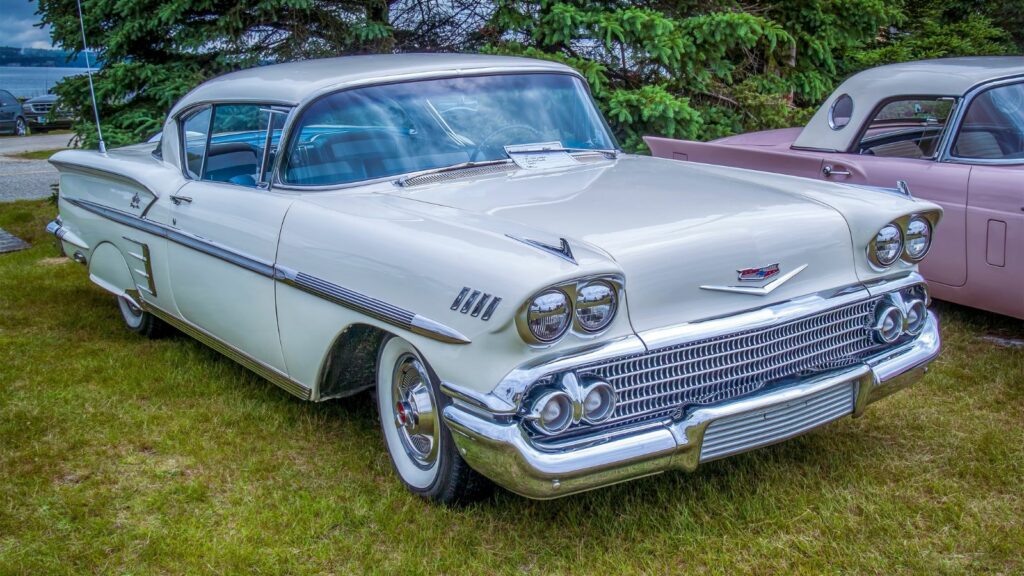Cars are often judged by their looks. But sometimes, the unassuming vehicles have the most fascinating backstories. Whether these cars were involved in groundbreaking events, owned by legendary figures, or played pivotal roles in movies, they’ve all left their mark in ways that are far from ordinary. Here are 20 cars that may not stand out at first glance but have incredible stories. And yes, you’ll definitely recognize #11 from the big screen!
The Volvo P1800 (1961–1973)
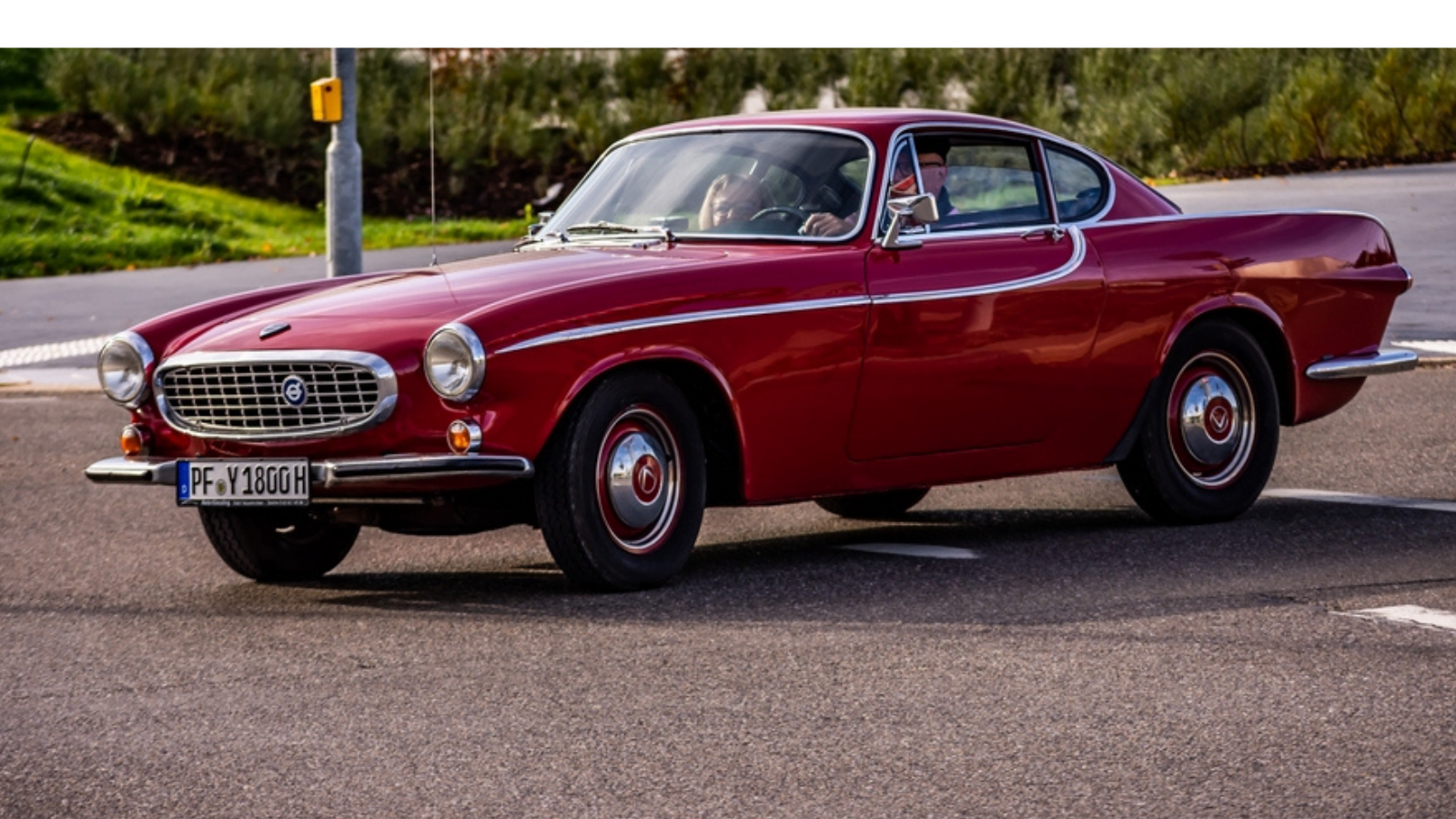
The Volvo P1800 is a classic car that doesn’t scream performance at first glance. It’s elegant and understated, more like a polite Scandinavian handshake than a roaring Italian sports car. However, the P1800 made history when a New York schoolteacher, Irv Gordon, drove his red 1966 model over 3.2 million miles — a Guinness World Record for the highest mileage by a single-owner car. Gordon drove the car for nearly 50 years, crossing every state in the US multiple times. The P1800, known for its bulletproof engine and Swedish engineering, proved to be as durable as stylish. Gordon’s achievement became a symbol of Volvo’s reputation for reliability.
The Volkswagen Beetle (1938–2003)
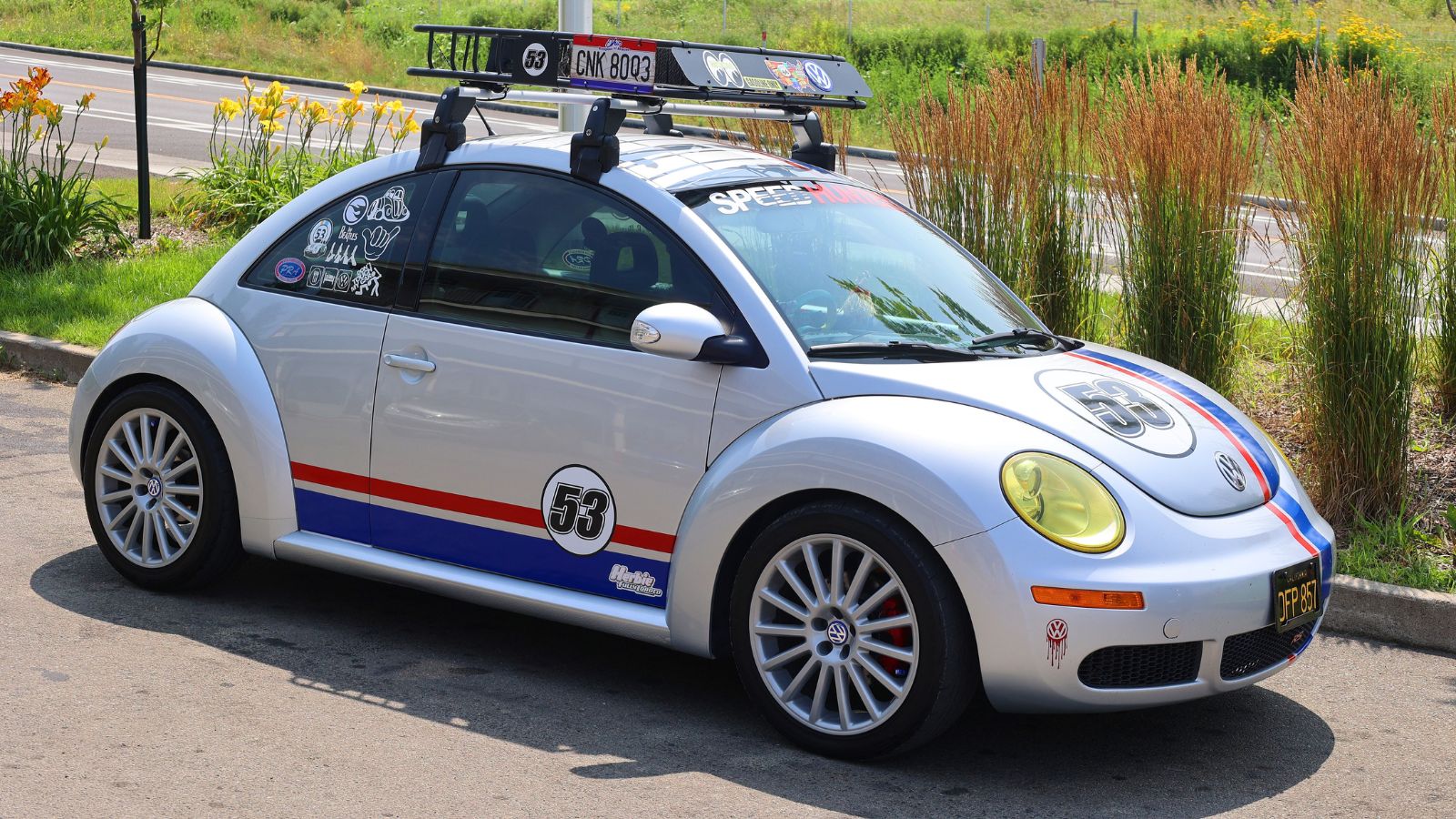
The Volkswagen Beetle is one of the most recognizable automobiles ever produced and has a less-than-happy past. Adolf Hitler ordered Ferdinand Porsche to design the Beetle in the 1930s to make it the standard automobile for the ordinary people in Nazi Germany. Even though it was connected to such a terrible period of history, the Beetle represented liberty and harmony in the 1960s counterculture movement, becoming a symbol of uniqueness and endearing quirkiness. In addition, the car has been produced the longest and the most in history.
The Citroën DS (1955–1975)
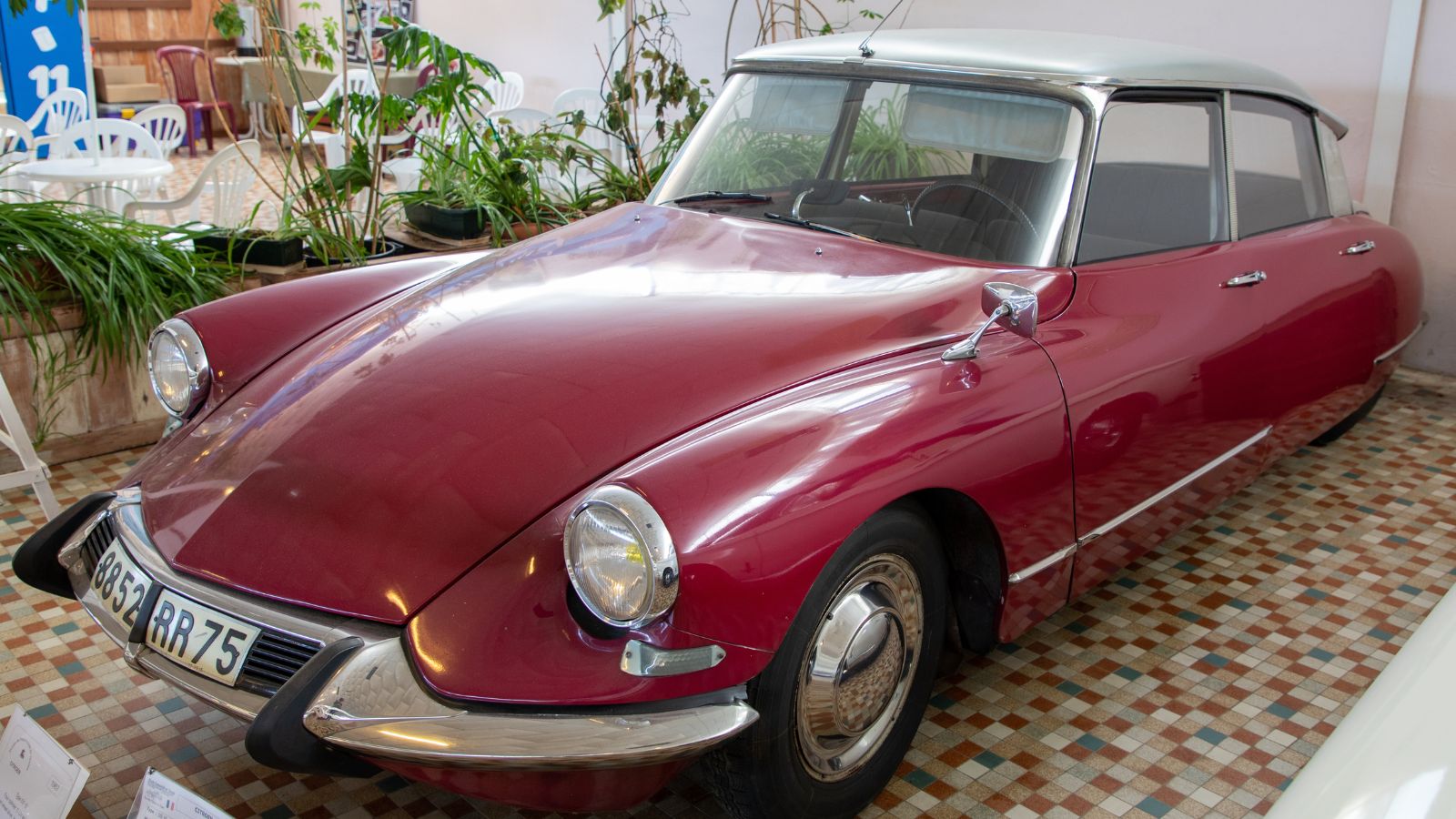
The Citroën DS is known for its cutting-edge technology and futuristic look, but its true claim to fame is the 1962 attempt on the life of French President Charles de Gaulle. De Gaulle’s DS 19 was fired upon during the ambush, and its tires were shot out. Thankfully, the car’s innovative hydropneumatic suspension system allowed it to remain upright despite the damage, allowing the driver to drive quickly away. De Gaulle and his wife’s lives were spared, securing the DS’s political and automobile history legacy.
The Ford Model T (1908–1927)
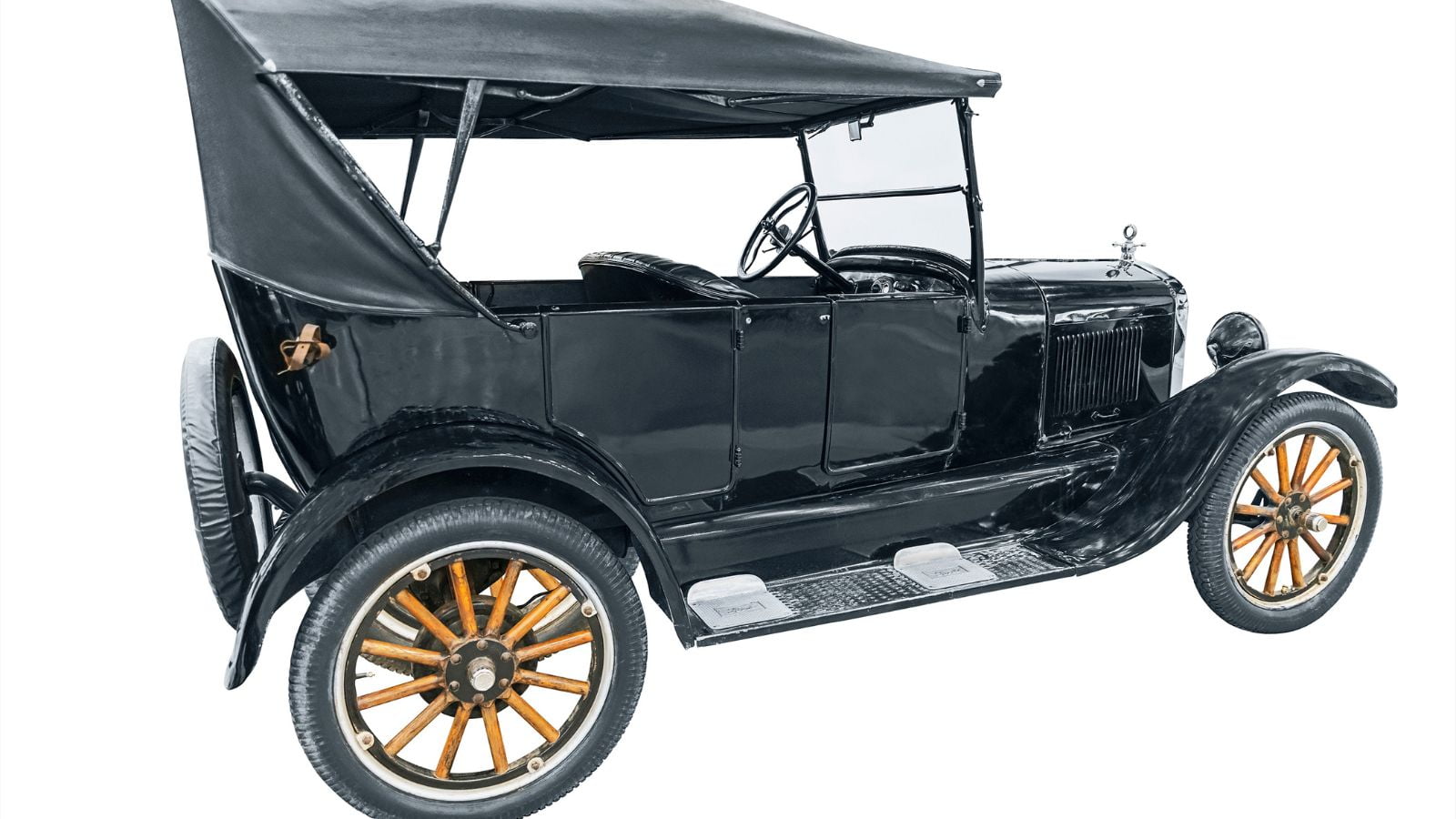
At first glance, the Ford Model T looks like an antique relic, but this car put America on wheels. Designed by Henry Ford and engineered by Childe Harold Wills and other key figures, the Model T’s simplicity and durability earned it the nickname “Tin Lizzie.” Its production method drastically reduced costs, allowing Ford to lower the price from $850 to under $300 by the 1920s. With over 15 million units sold, the Model T was a significant driver of automotive popularity, introducing features like the electric starter and standardized parts. The Model T’s impact on society was so profound that it forever changed the automobile industry landscape.
The Jeep Willys MB (1941–1945)
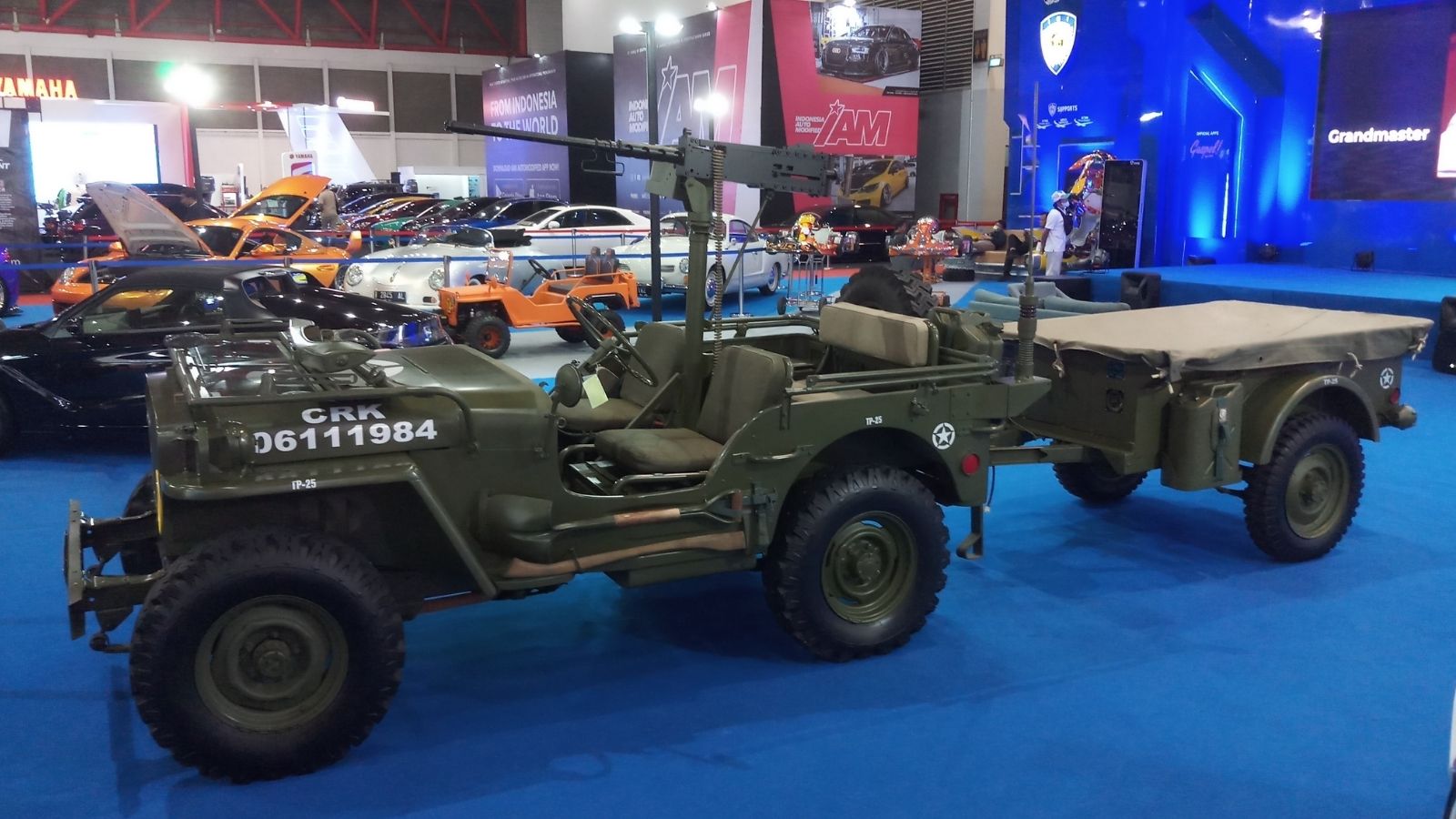
Despite its rugged, utilitarian appearance, the Jeep Willys MB is one of the most heroic cars ever produced. The Jeep was created during World War II and was essential to the Allied war effort. It was utilized for anything from medical evacuations to reconnaissance operations because of its four-wheel-drive system and lightweight design, which made it perfect for rough terrain. General Dwight D. Eisenhower even mentioned the Jeep as a vehicle contributing to winning the war. The Jeep gained popularity among civilians after the war and helped to establish the modern SUV.
The Mini Cooper (1959–Present)

Despite its adorable, tiny city car appearance, the original Mini Cooper was a formidable competitor in rally racing during the 1960s. The Mini’s front-wheel-drive architecture, tiny dimensions, and light weight made it exceptionally nimble. It surprised everyone in 1964 and 1967 when it won the Monte Carlo Rally, outlasting much bigger and more potent vehicles. In addition to becoming a massive kill in racing, the Mini Cooper also came to represent the engineering prowess of Great Britain.
The Honda Civic (1972–Present)
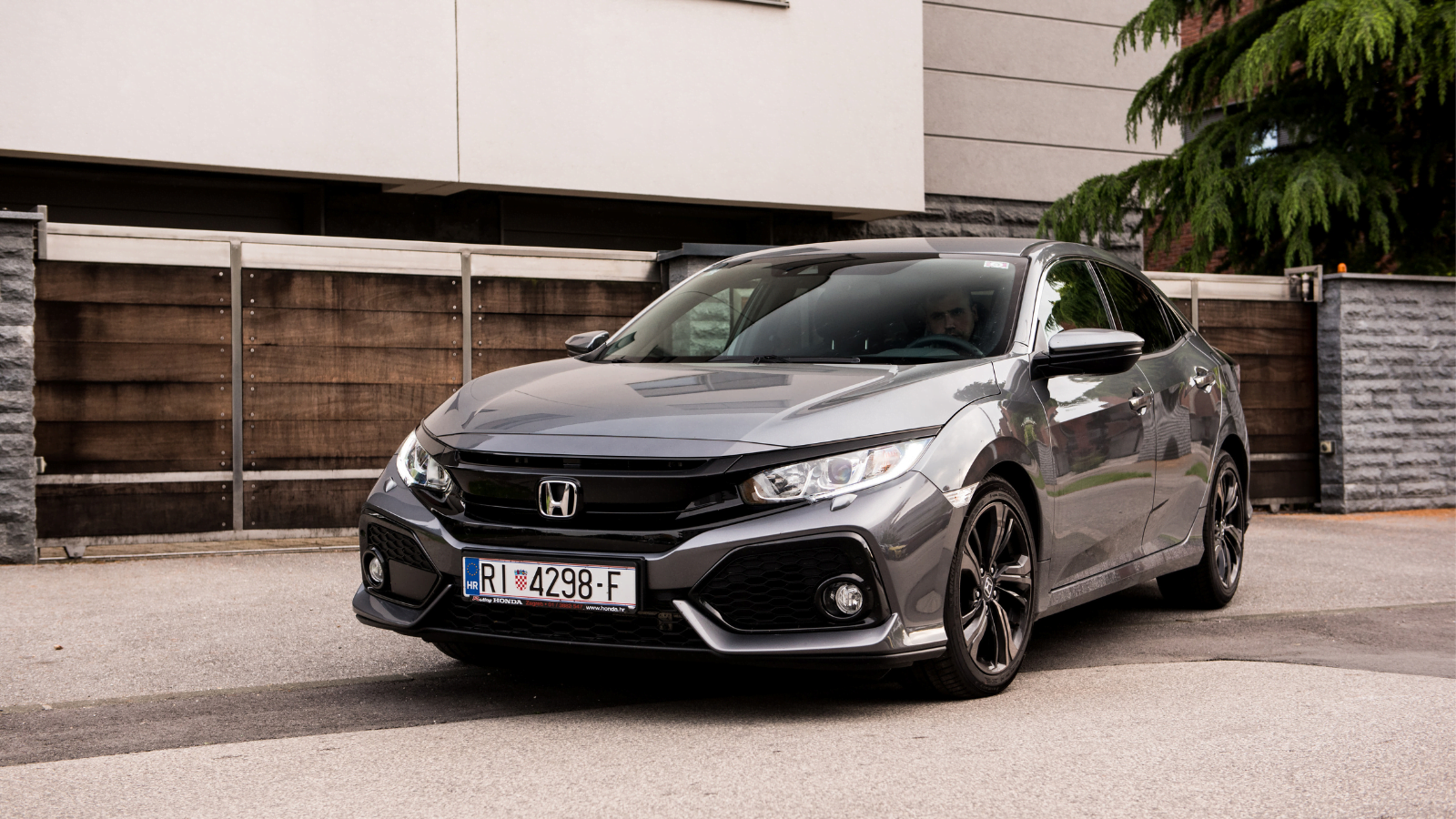
At first appearance, the Honda Civic doesn’t seem very remarkable, especially the early models. But the Civic came to the rescue when the 1973 oil crisis struck, and fuel-efficient vehicles became essential. Quickly rising to the top of the fuel-efficient automobile rankings, it was made possible by its lightweight design and powerful engine. Drivers trying to get the most out of their fuel budget loved it for its dependability and ease of use, and hence, it paved the way for Honda’s future success in the US market.
The DeLorean DMC-12 (1981–1983)
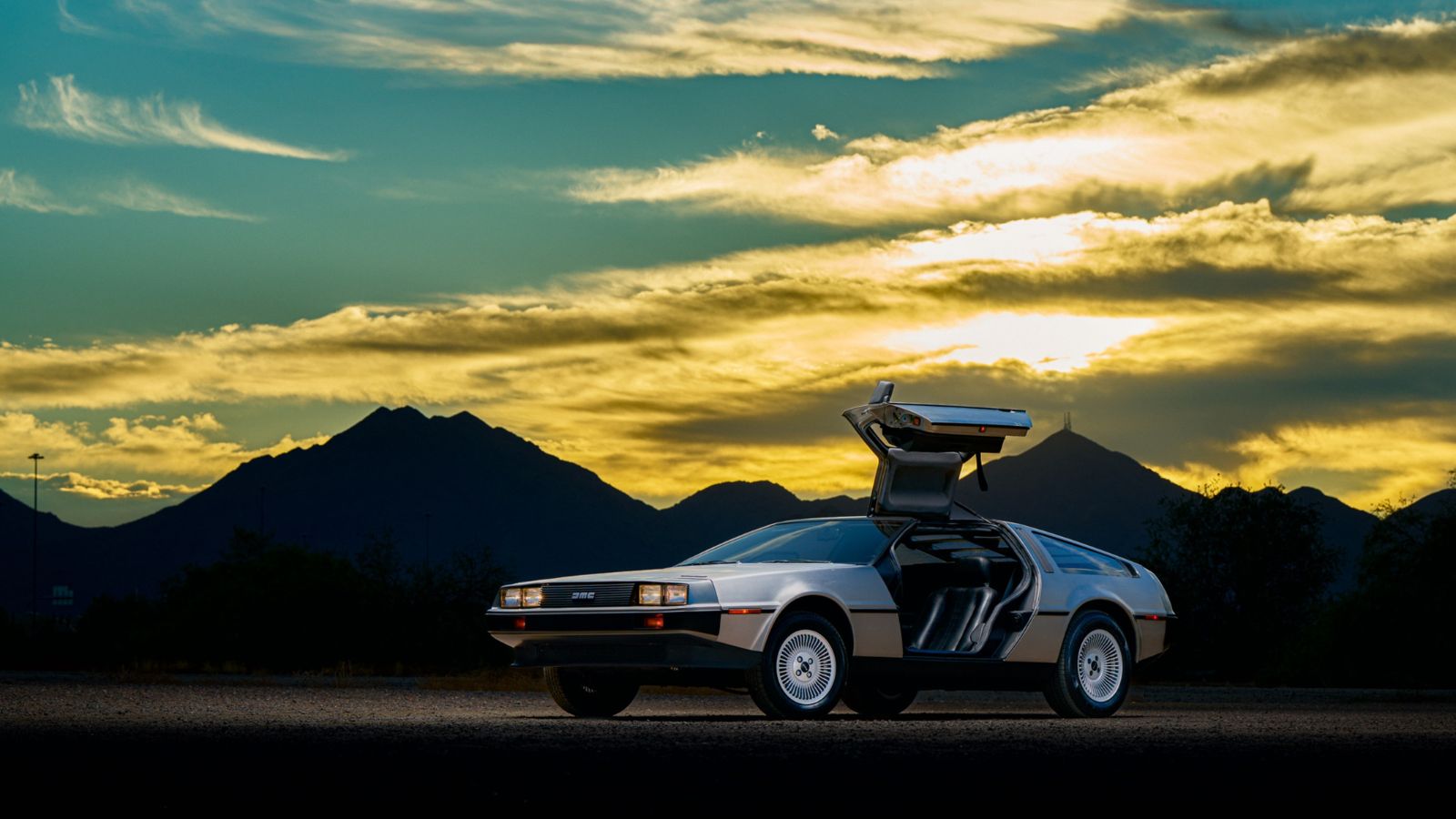
Thanks to Back to the Future, the DeLorean DMC-12 appears to belong in the future. The car’s use as a time machine in the film trilogy helped it become a cultural icon, even though it was a financial failure due to subpar performance and quality control difficulties. Although the DeLorean’s stainless-steel body and gull-wing doors gave it a futuristic appearance, its weak V6 engine was a drawback. Still, it was permanently linked to longing for the 1980s and time travel.
The Toyota Hilux (1968–Present)
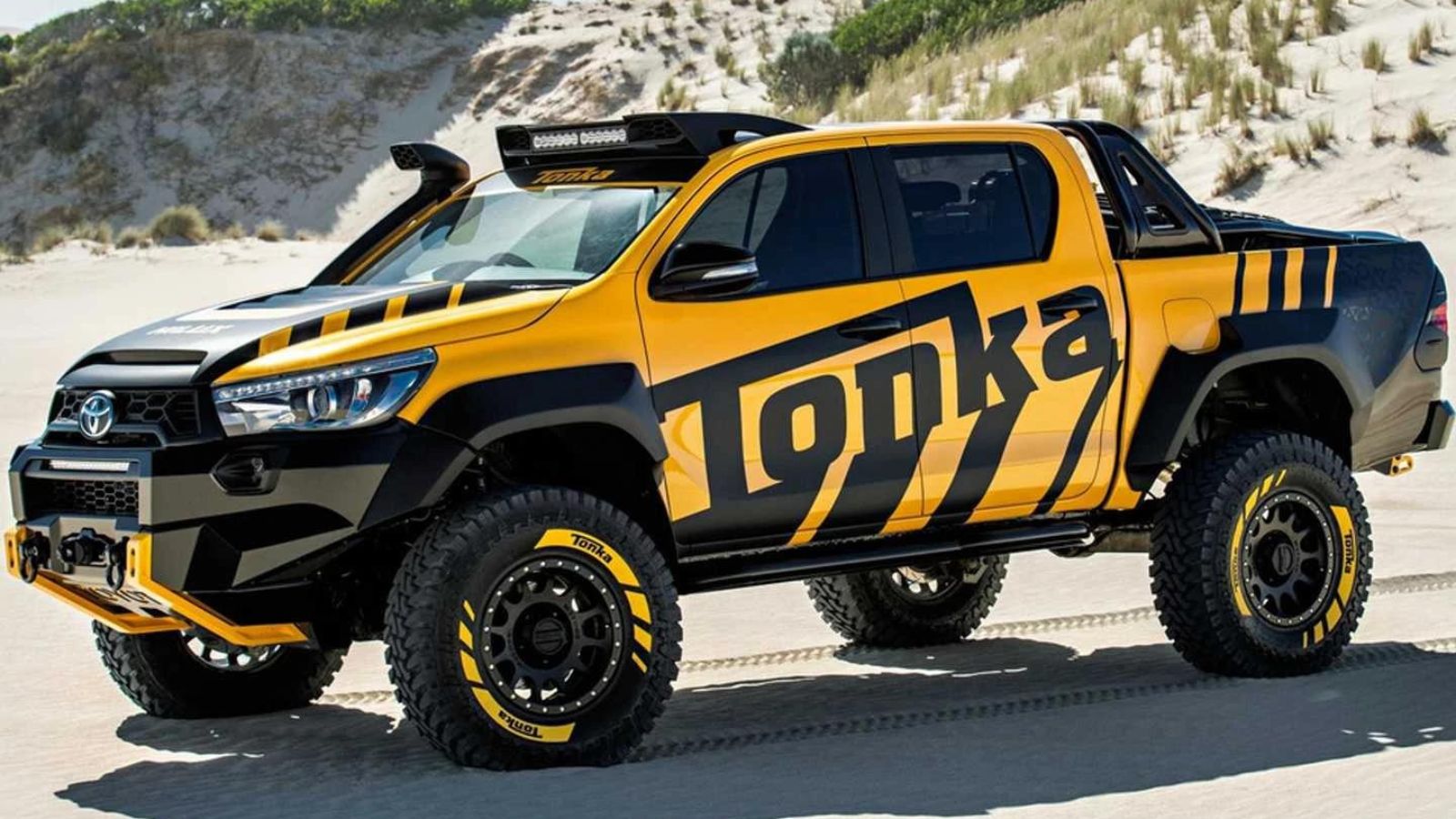
For those in the know, the Toyota Hilux is a vehicle with a famous reputation for being practically indestructible, but to most, it’s just another pickup truck. The Hilux was notoriously attempted to be destroyed by the British TV program Top Gear by being dropped from a height, set on fire, and even placed atop a collapsing building. But to everyone’s surprise, the Hilux started up and ran without any problems each time. Since then, this vehicle has been utilized in some of the harshest settings on Earth, such as war zones and polar expeditions, solidifying its reputation as a beast of burden.
The Mercedes-Benz 600 (1963–1981)
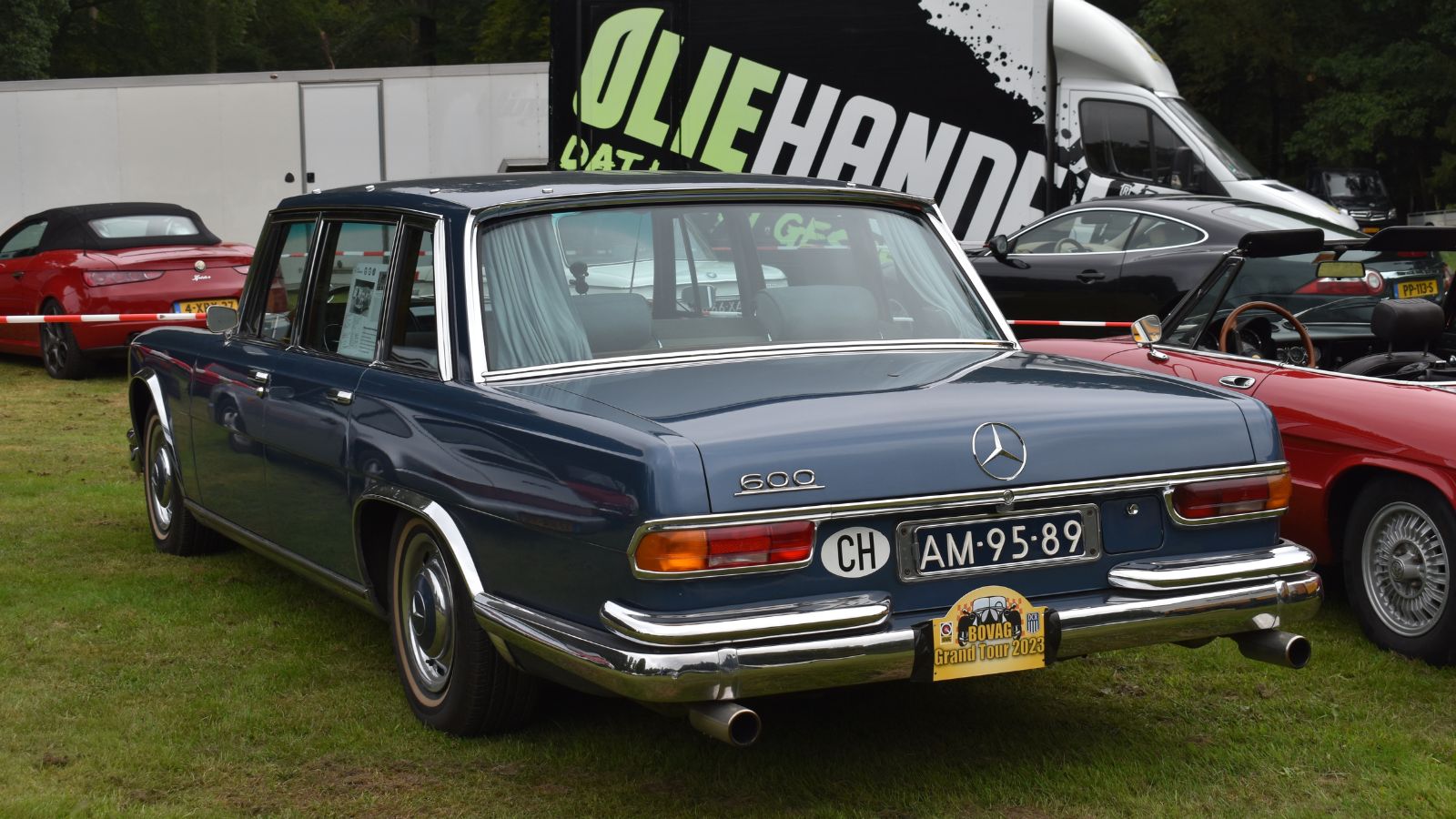
The Mercedes-Benz 600 is a luxury vehicle, but it’s much more than that, especially in its long-wheelbase configuration. Known as the “Grosser Mercedes,” this vehicle was the preferred mode of transportation for dictators, royalty, and state leaders in the 1960s and 1970s. Because of their unparalleled grandeur and power, figures such as Fidel Castro, Saddam Hussein, and Idi Amin were known to travel in this extravagant vehicle. All this was thanks to the car’s intricate hydraulic system, which controlled every aspect of the vehicle, including the suspension and windows, ensuring the strong V8 engine provided a luxurious and smooth ride.
The Ford Gran Torino (1972–1976)
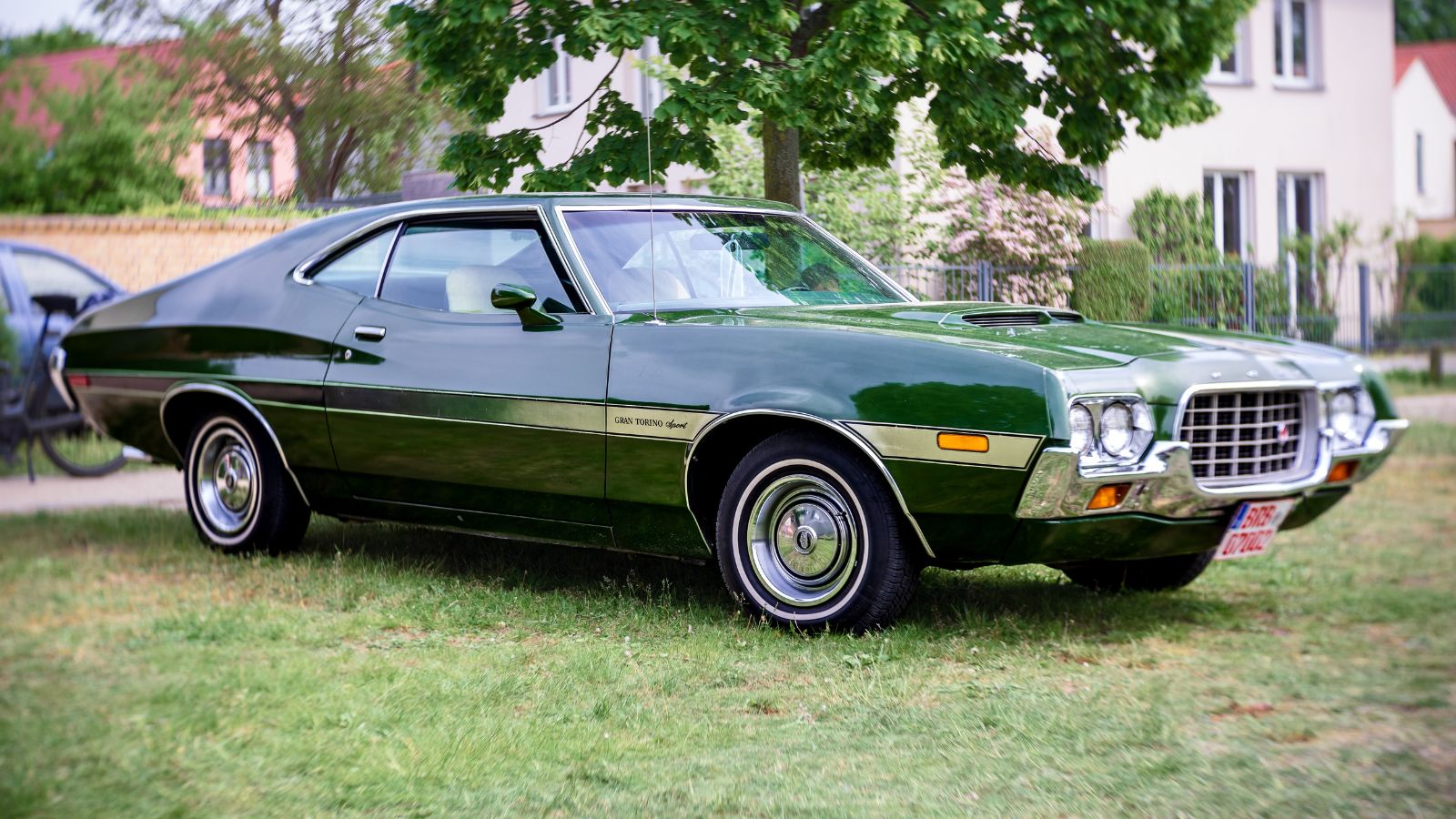
During the 1970s, the Ford Gran Torino was just another American muscle car. However, it shot to stardom when it starred with Clint Eastwood in the 2008 film Gran Torino. The car represents the history of Clint Eastwood’s character and the shifts in American culture in the film. The Gran Torino was transformed from a relic of 1970s automotive culture to a pop-culture classic because of the film’s emotional depth and pivotal role in the plot. Its unique design and blue-collar origins made it the ideal embodiment of a lost age.
The Fiat 500 (1957–1975)
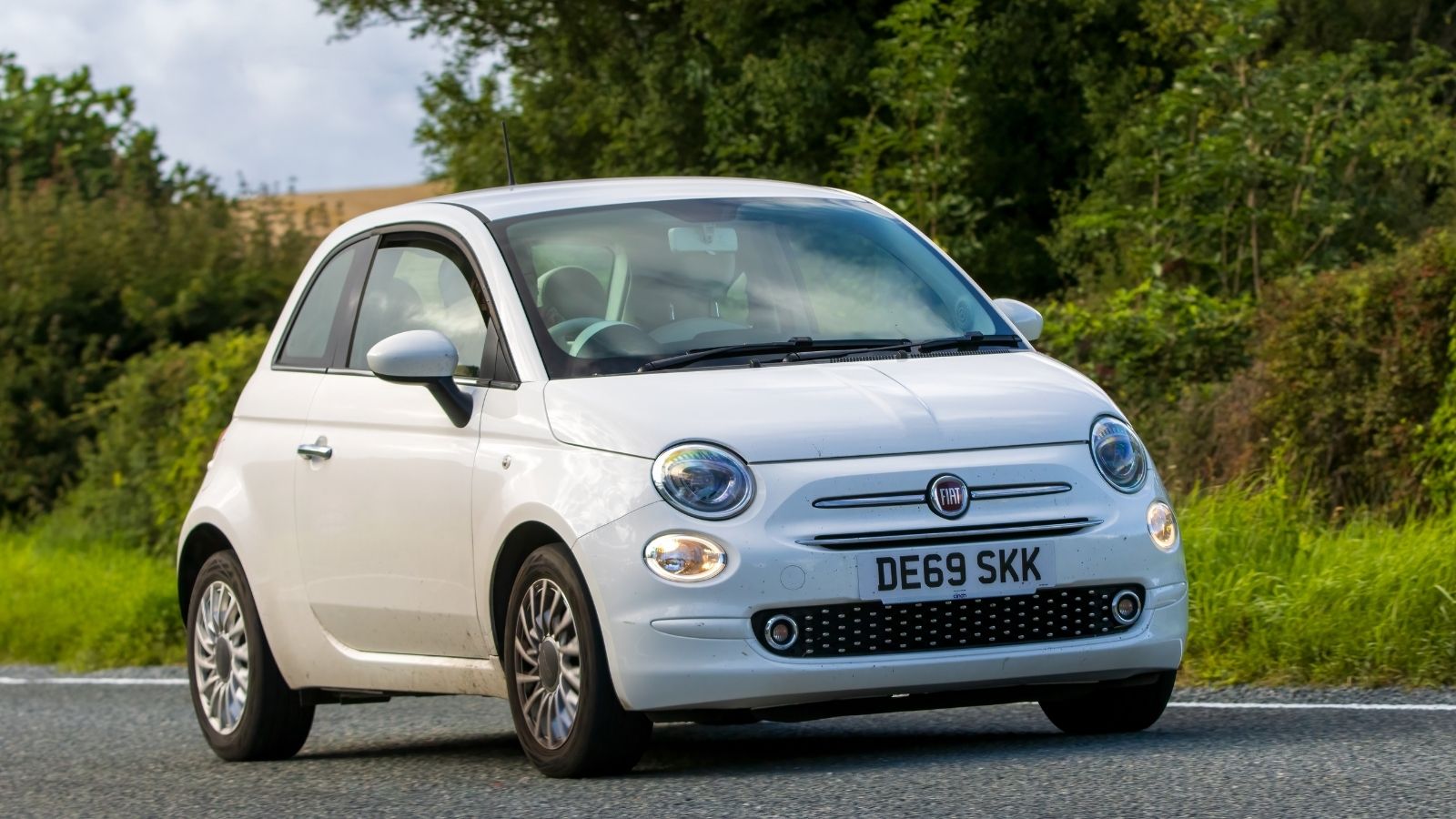
The Fiat 500 may look tiny and unassuming, but this little car helped mobilize Italy after World War II. Introduced in 1957 as a cheap, simple, and efficient car for the masses, the 500 became a cultural symbol of post-war Italy. It was the car for the everyman, and its compact size made it perfect for navigating Italy’s narrow streets. Despite its small engine and modest power output, the Fiat 500 became an enduring icon of Italian design and ingenuity.
The Ford Mustang (1964–Present)

Few people are aware that the Ford Mustang, an iconic vehicle, was the focal point of a significant Cold War mission. Ford sent a specially modified Mustang fastback to the Soviet Union in 1965, and the Russian counterpart of rally driver Henry Ford II received it. The Mustang was there because it was wired with listening equipment to collect intelligence. The already legendary history of the Mustang was given an espionage twist by this covert operation, which was kept secret for decades.
The Peugeot 504 (1968–2005)

Although the Peugeot 504 may not look like much initially, it is regarded as one of the most dependable and long-lasting automobiles ever manufactured in many regions of Africa. Known for its rugged design and capacity to endure unpaved surfaces, the 504 quickly gained popularity in the unforgiving African environment. The car was so popular that it continued to be produced in Kenya and Nigeria even after it was phased out in France. And because of this rugged and dependable character, he was dubbed the “King of the African Road.”
The Chevrolet Impala (1958–Present)
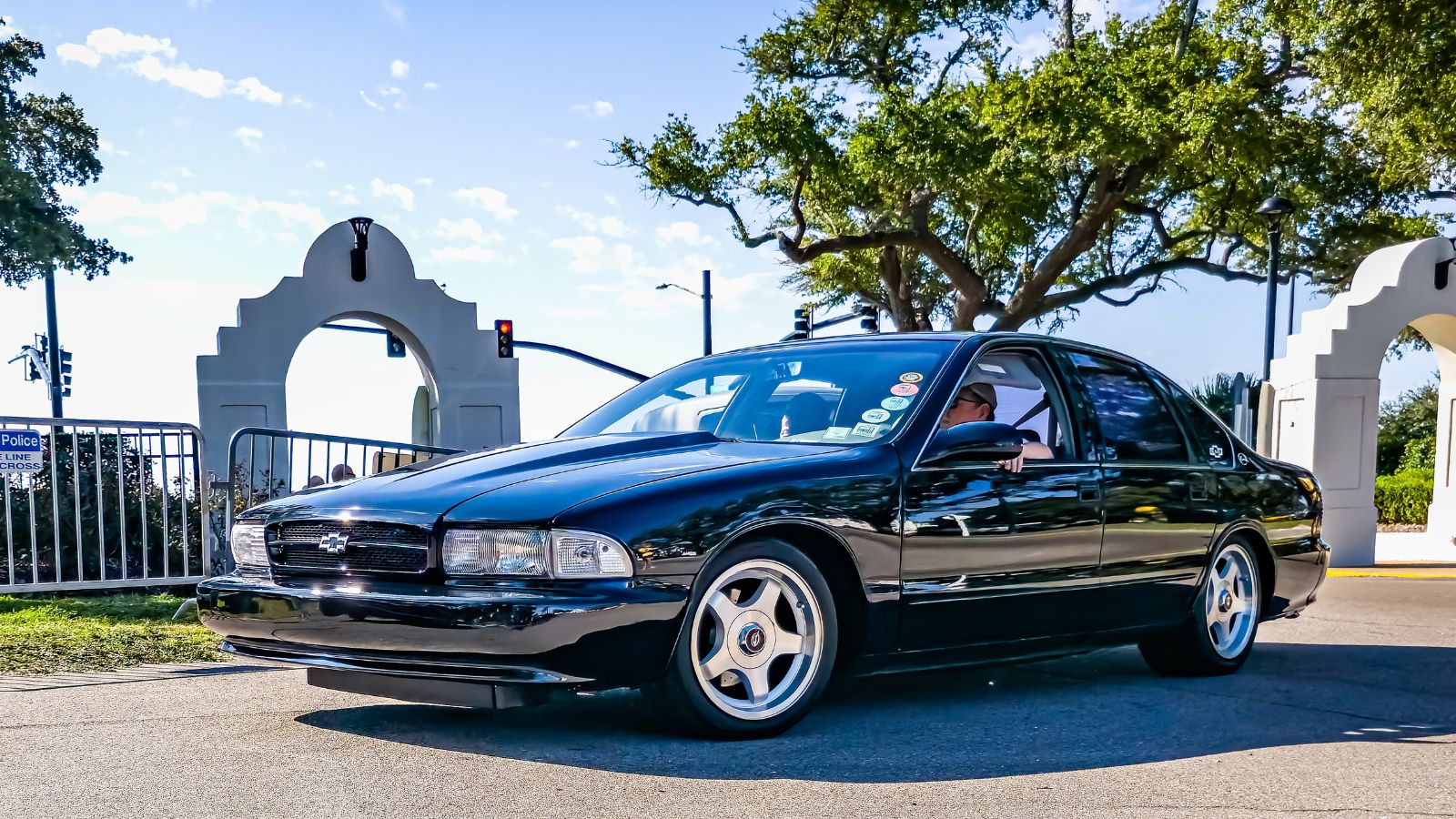
Originally a full-size American car, the Chevrolet Impala became associated with lowrider culture in the 1960s and 1970s. Because of the Impala’s massive size and sleek design, lowriders—particularly those in Southern California—adopted it and modified the suspension to enable drastic drops and bounces. Because of its specific part in this subculture, the Impala has since become iconic, particularly in American Latino communities. Even now, lowrider modifications for this car continue to be very popular.
The Subaru BRAT (1978–1994)
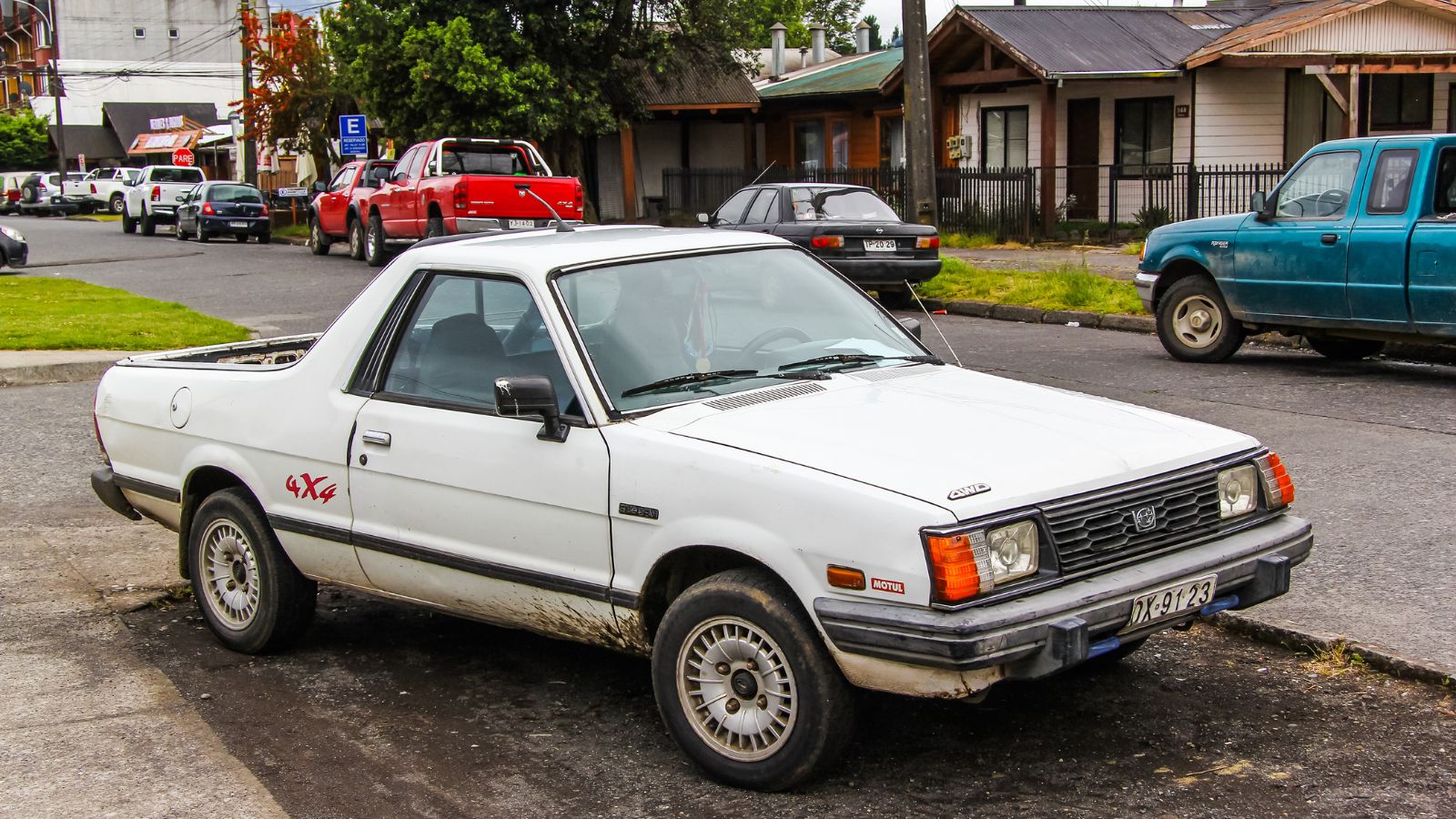
The Subaru BRAT looks like a quirky little truck but has an even quirkier story. In the 1980s, the US government taxed imported trucks to protect American manufacturers. The Subaru found a loophole by installing two jump seats in the bed of the BRAT, reclassifying it as a passenger car and thus avoiding the tax. This odd seating arrangement became a hallmark of the BRAT, and the car-truck hybrid gained a cult following.
The Pontiac Aztek (2001–2005)

Although the Pontiac Aztek is regarded by many as one of the ugliest automobiles ever produced, its history changed when it was used as a metaphor for moral degradation and desperation in the television series Breaking Bad. Driven by Walter White, the Aztek became a satirical emblem of the character’s decline from drug lord to high school chemistry teacher. Even the most hated car may be saved, as evidenced by the Aztek’s second life as a pop culture icon despite its original failure in the market.
The Saab 900 Turbo (1978–1994)
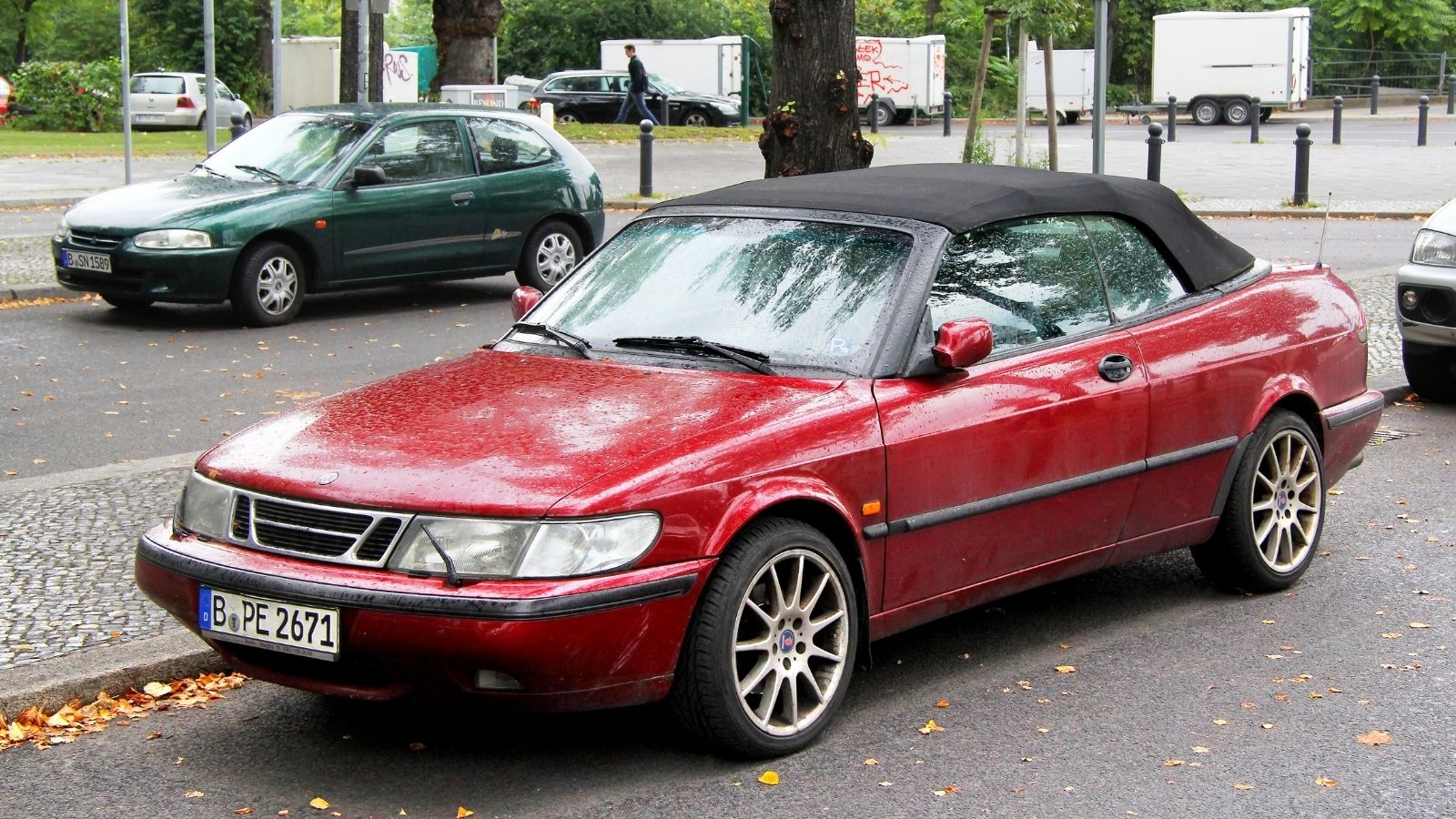
The Saab 900 Turbo may not look much with its boxy design and quirky Swedish styling, but it was one of the first cars to bring turbocharging to the masses. Turbocharged engines were mainly reserved for high-performance sports cars then, but Saab offered the 900 Turbo as a practical, everyday vehicle. Its innovative technology and safety features helped Saab build a reputation for being eccentric and forward-thinking, making the 900 Turbo a favorite among enthusiasts.
The Dodge Charger (1966–1978)
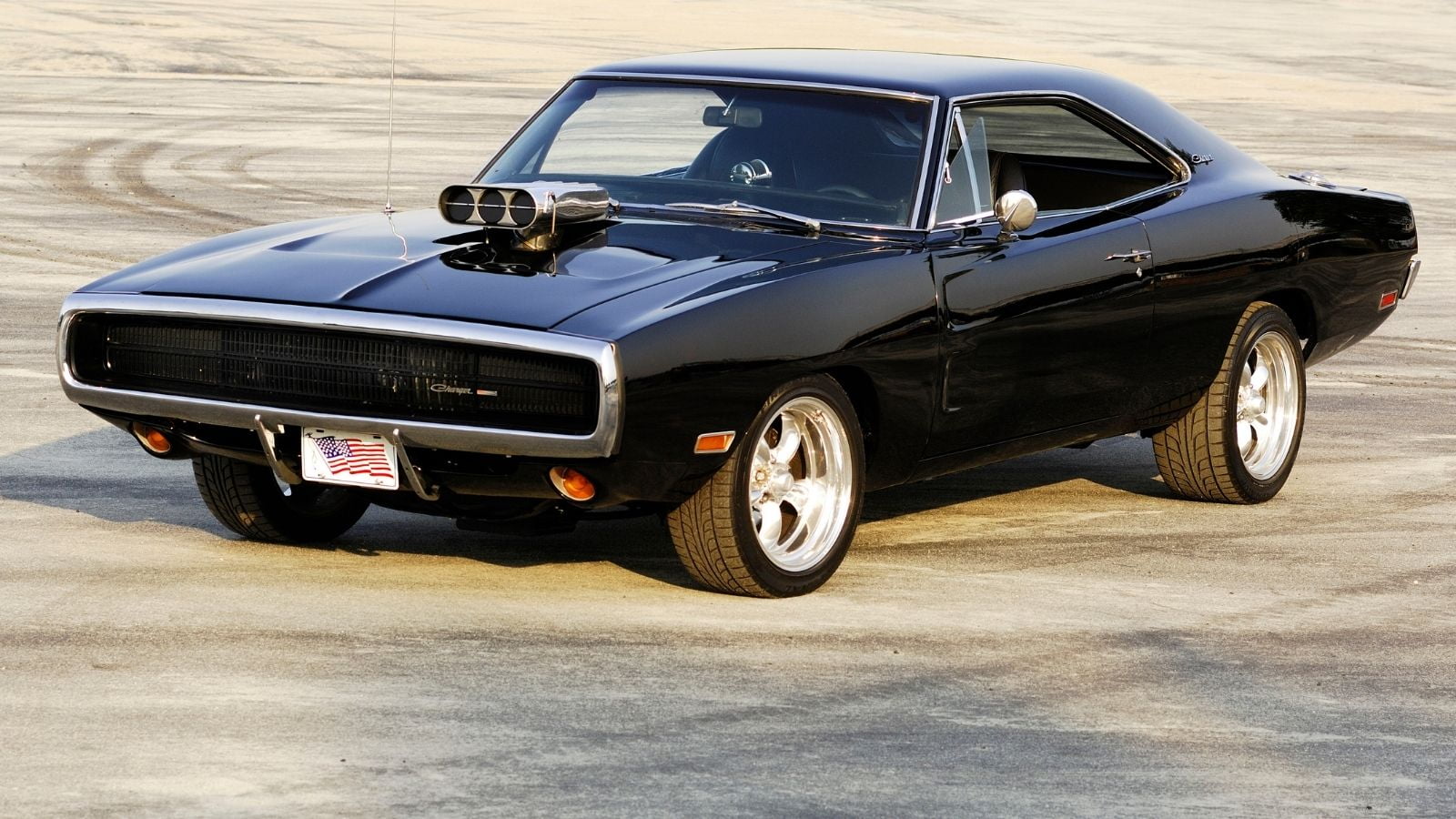
The Dodge Charger is a classic muscle car, but its role in the TV show The Dukes of Hazzard turned it into a pop-culture icon. The orange 1969 Charger, known as the “General Lee,” became famous for its wild stunts and jumps, which often resulted in the car being wrecked. Over 300 Chargers were destroyed during the show’s production, but the “General Lee” remains one of the most recognizable cars in television history.
The AMC Pacer (1975–1980)
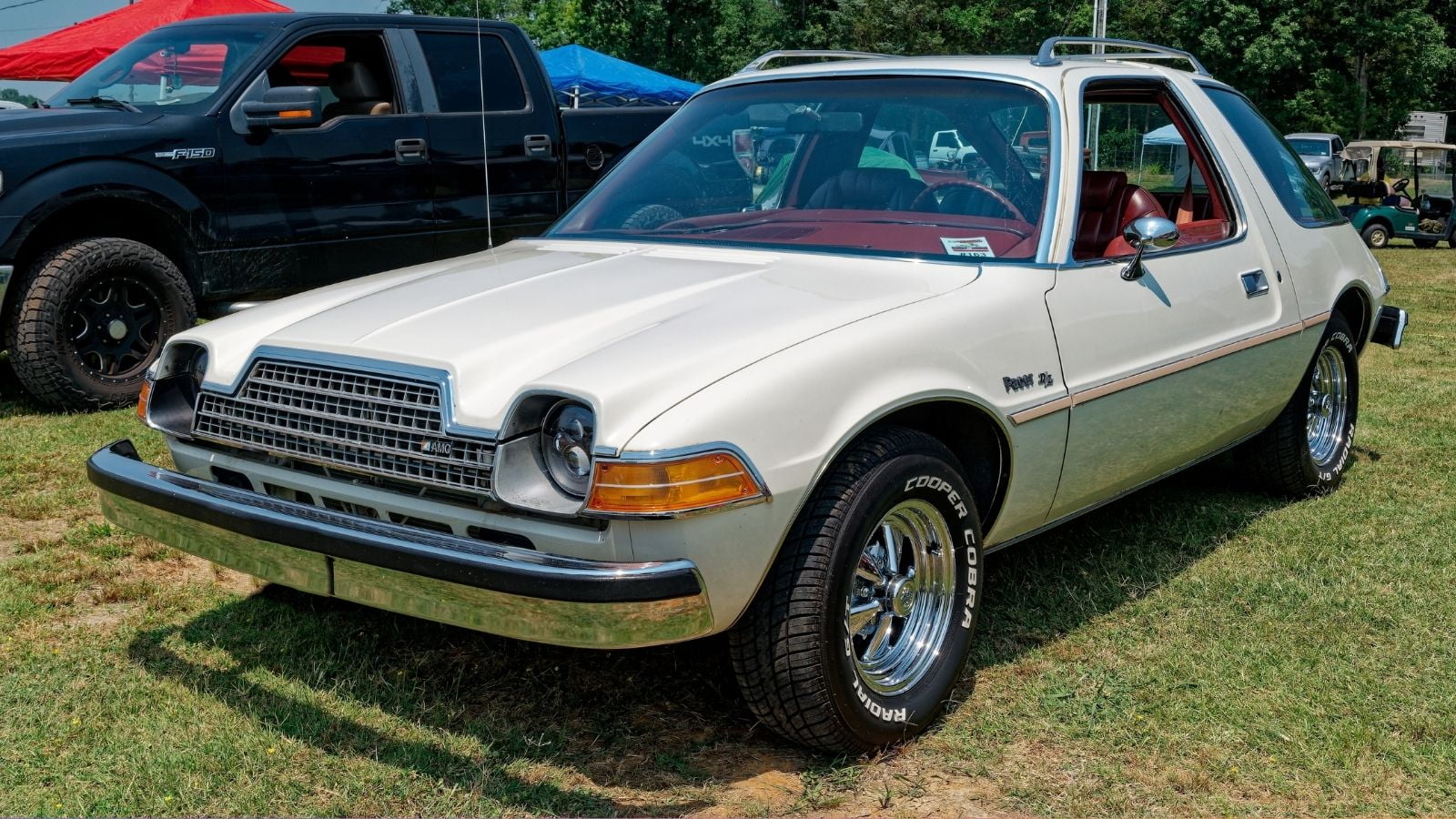
Due to its inclusion in the film Wayne’s World, the AMC Pacer—initially derided for its peculiar appearance, which included a wide stance and bubble-like windows—became associated with 1970s Americana. In the movie, the Pacer was converted into a “Mirth mobile,” replete with a licorice dispenser and flame paint job. Despite never becoming a financial success, the Pacer’s distinctive appearance and pop-culture appearance cemented its position in automotive history.
14 Supercars Under $100K That Deliver Breathtaking Speed and Style
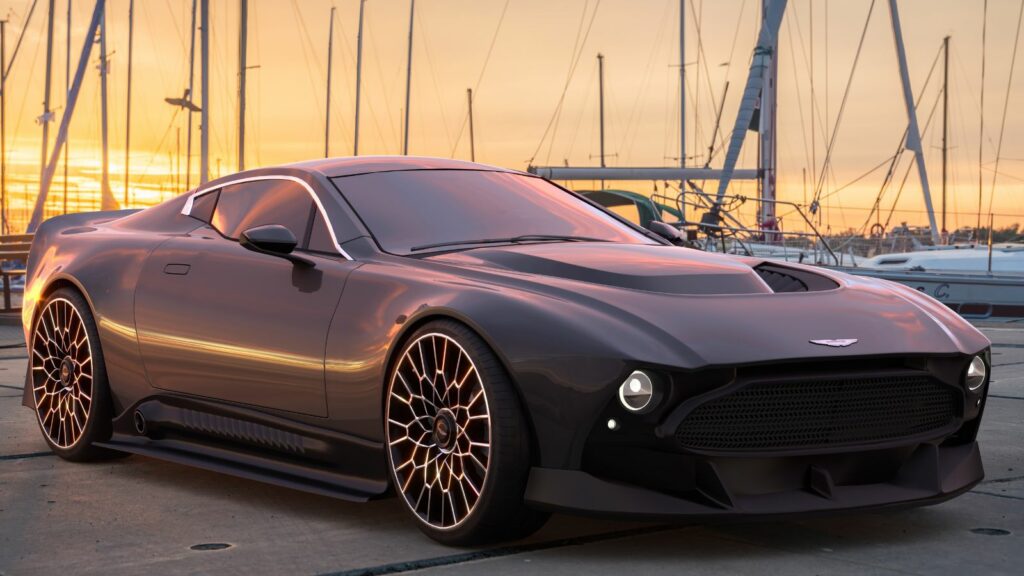
When you think of supercars, names like Ferrari, Lamborghini, and McLaren often come to mind, along with their staggering price tags. However, high-performance vehicles aren’t exclusively reserved for the super-rich. There exists a sweet spot where speed, style, and (relatively) sensible pricing converge, offering thrilling rides without completely obliterating your bank account. Hop in as we explore 14 underrated supercars under $100K.
14 Supercars Under $100K That Deliver Breathtaking Speed and Style
